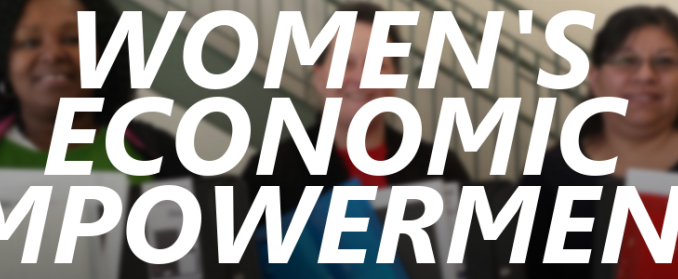
Ontario First Province in Canada to Introduce Pay Transparency Legislation.
| Ontario today becomes the first province to tackle pay transparency as part of a broad new strategy to advance women’s economic empowerment and build fairer, better workplaces.
Premier Kathleen Wynne unveiled Then Now Next: Ontario’s Strategy for Women’s Economic Empowerment, which includes the introduction of legislation to increase pay transparency by requiring certain employers to track and publish information about compensation in their organizations. The multifaceted strategy will help remove long-standing barriers that have kept women from benefiting equally in Ontario’s rapidly changing economy. The strategy includes the introduction of standalone legislation to increase transparency in hiring processes and give women more information when negotiating fairer compensation that is equal to their male peers — making Ontario the first province in Canada to do so. If passed, the legislation introduced today would help ensure compensation is based on a job’s requirements and the candidate’s qualifications. Specifically, it would:
The proposed legislation is the central piece of Then Now Next: Ontario’s Strategy for Women’s Economic Empowerment, which also includes up to $50 million in funding over three years. The strategy will also:
Making wages fairer for everyone is part of Ontario’s plan to create fairness and opportunity during this period of rapid economic change. The plan includes a higher minimum wage and better working conditions, free tuition for hundreds of thousands of students , easier access to affordable child care, and free prescription drugs for everyone under 25 through the biggest expansion of medicare in a generation. |
QUICK FACTS
|
ADDITIONAL RESOURCES |
|

Leave a Reply